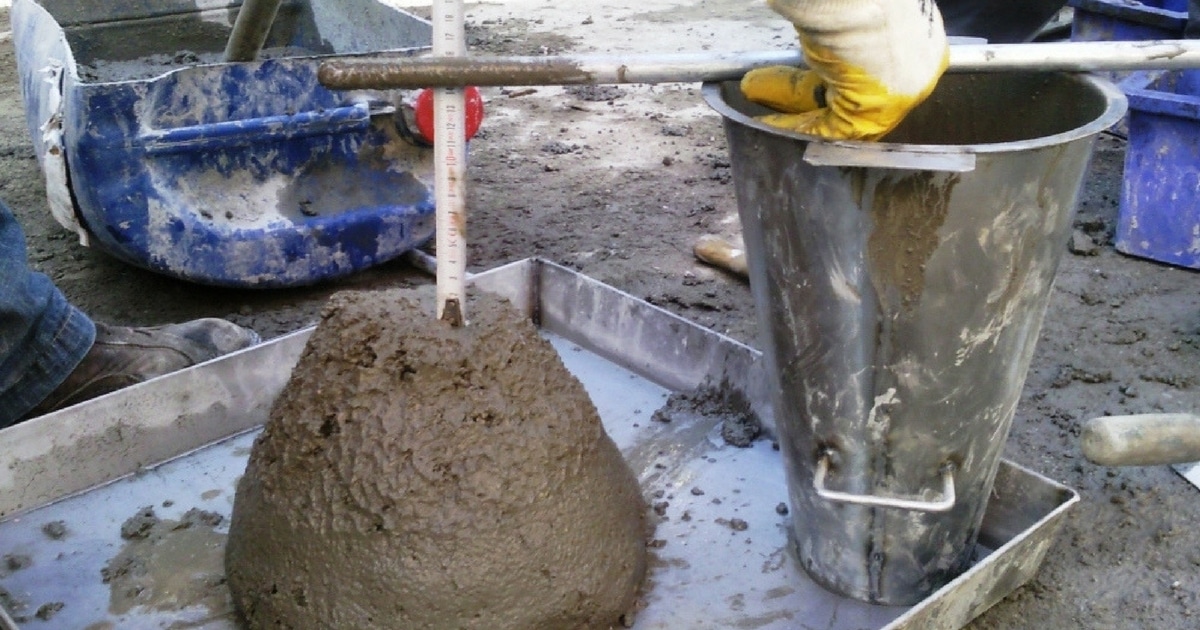
Slump Test of Concrete Measure of Workability of Concrete Structural Guide
The concrete slump test is an on-the-spot test to determine the consistency as well as workability of fresh concrete. This test plays a vital role in ensuring immediate concrete quality in a construction project. It is used almost in every construction sites. The slump test is very simple and easy to handle. It also demands comparatively less.

Concrete Slump Testing Background and Procedure
The slump of a concrete (or mortar) is determined via a fairly simple test using incredibly simple equipment, comprising a 300mm high hollow steel cone with handles, a steel tamping rod, a steel base plate and a tape measure. This testing apparatus is readily available from contractor's tool suppliers, although all ready-mix suppliers will test.

Civil Engineering Slump Test of Concrete
Concrete slump test or slump cone test is to determine the workability or consistency of concrete mix prepared at the laboratory or the construction site during the progress of the work. Concrete slump test is carried out from batch to batch to check the uniform quality of concrete during construction.

Concrete Slump Test Procedure, Advantages and Limitations
Definition Concrete Slump Test is a measurement of concrete's workability, or fluidity. It's an indirect measurement of concrete consistency or stiffness. A slump test is a method used to determine the consistency of concrete. The consistency, or stiffness, indicates how much water has been used in the mix.
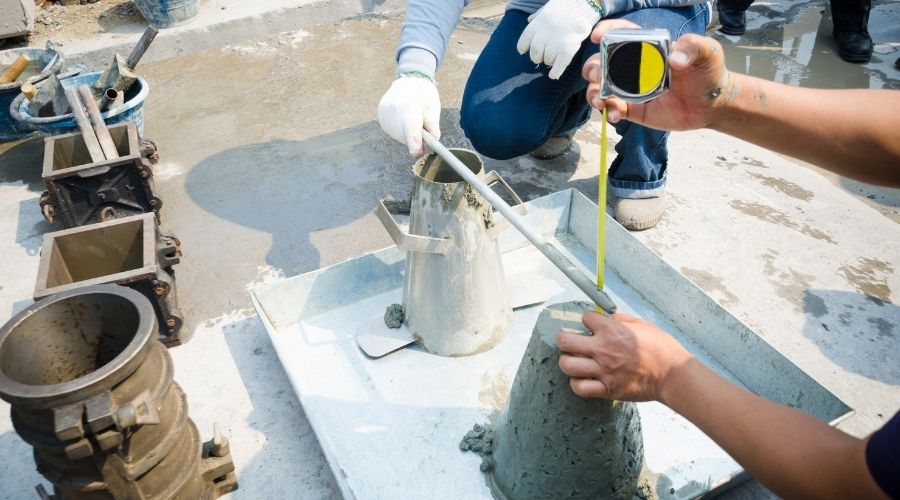
What is the concrete slump test? Intelligent Concrete
Step 1. Once ready to begin the test, ensure that the slump cone is clean and secured to the base plate. Sakrete The items required for a slump test: Slump Cone Mold —The mold is 12-in..
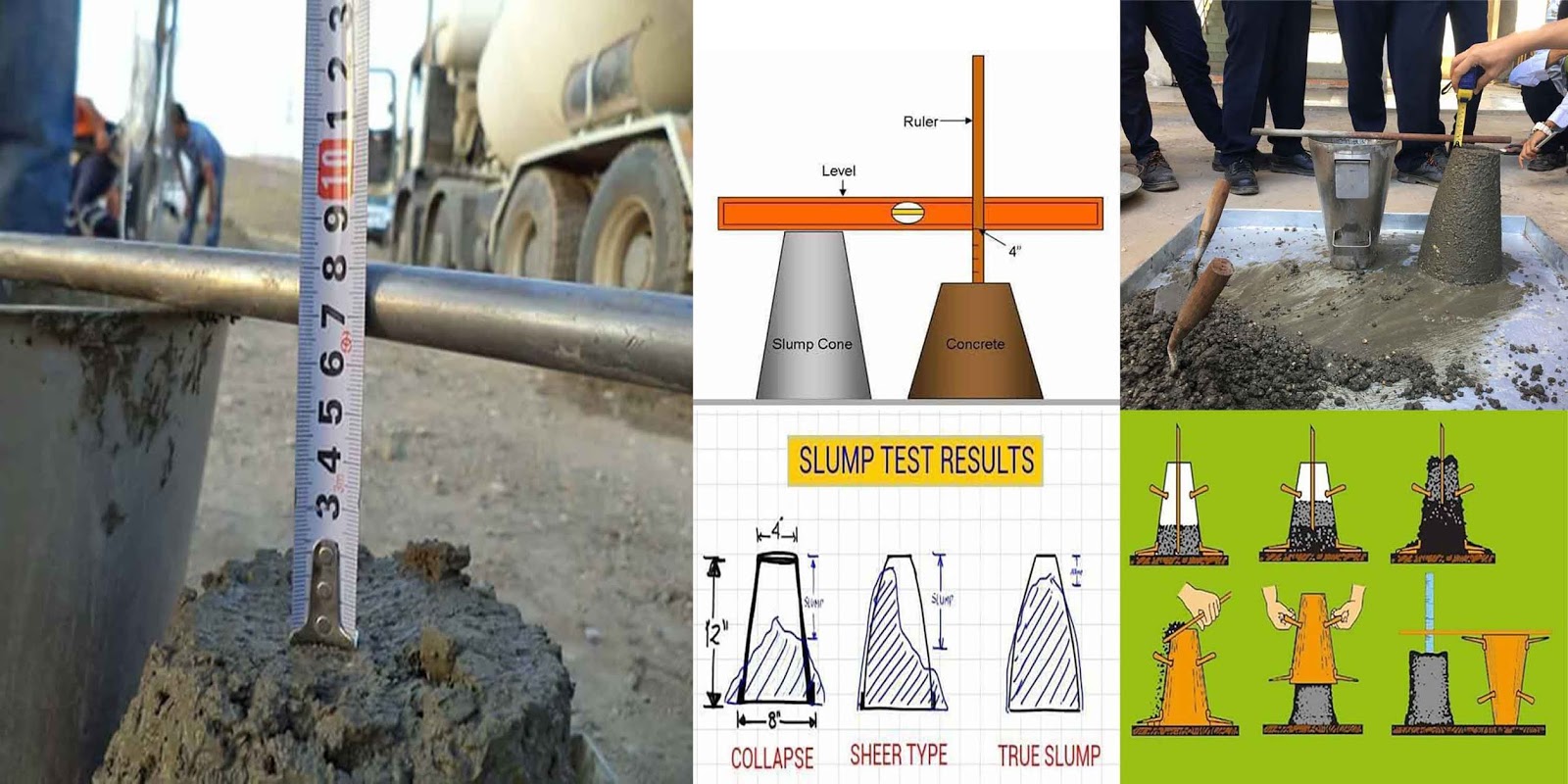
Concrete Slump Test Definition, Procedure And Types Of Slump Test Engineering Discoveries
In this test a metal cone 12 in tall is filled with fresh concrete in a specified manner. When the cone is lifted, the mass of concrete "slumps" downward (Figure 4) and the vertical drop is referred to as the slump. Most concrete mixes have slumps in the 2- to 5-in range. 3.3 Portland Cement

Slump Test Of Concrete Procedure , Advantages & Limitations
The slump test measures the consistency or workability of concrete. It is used to check the workability of freshly made concrete for the easy placement of concrete. In addition, this test indicates the water-cement ratio and the properties of materials and also admixture, etc. The test is carried out under BS EN 12350-2.
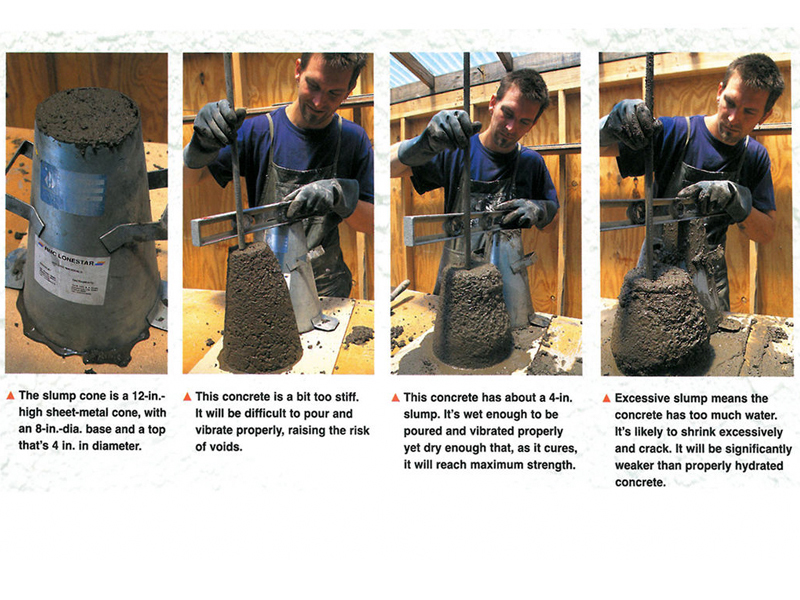
Concrete Slump Test Concrete Exchange
Fresh concrete test data such as slump and air content can help indicate possible causes and guide the troubleshooting investigation. Was excess water added? Was the air content too high or too low? Need your concrete tested? Find concrete contractors near me.
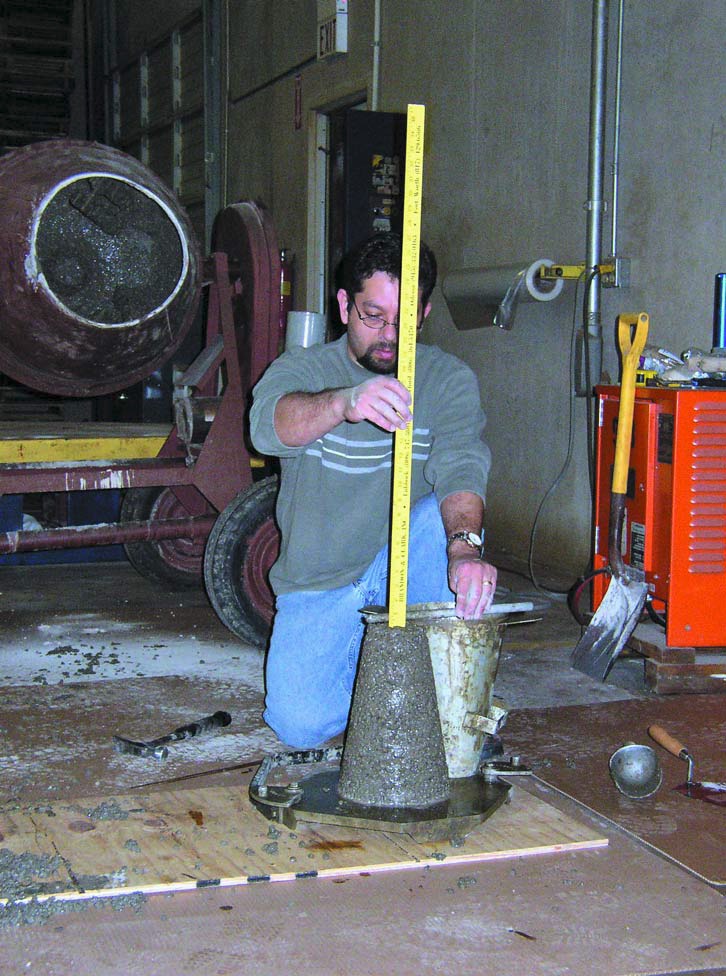
Testing Slump in Your Concrete Mix and Why It Is Important Concrete Decor
A concrete slump test measures the consistency of a concrete batch to see how easily the concrete will flow. The test not only observes consistency between batches, but it also identifies defects in a mix, giving the operator a chance to amend the mix before it is poured on site.
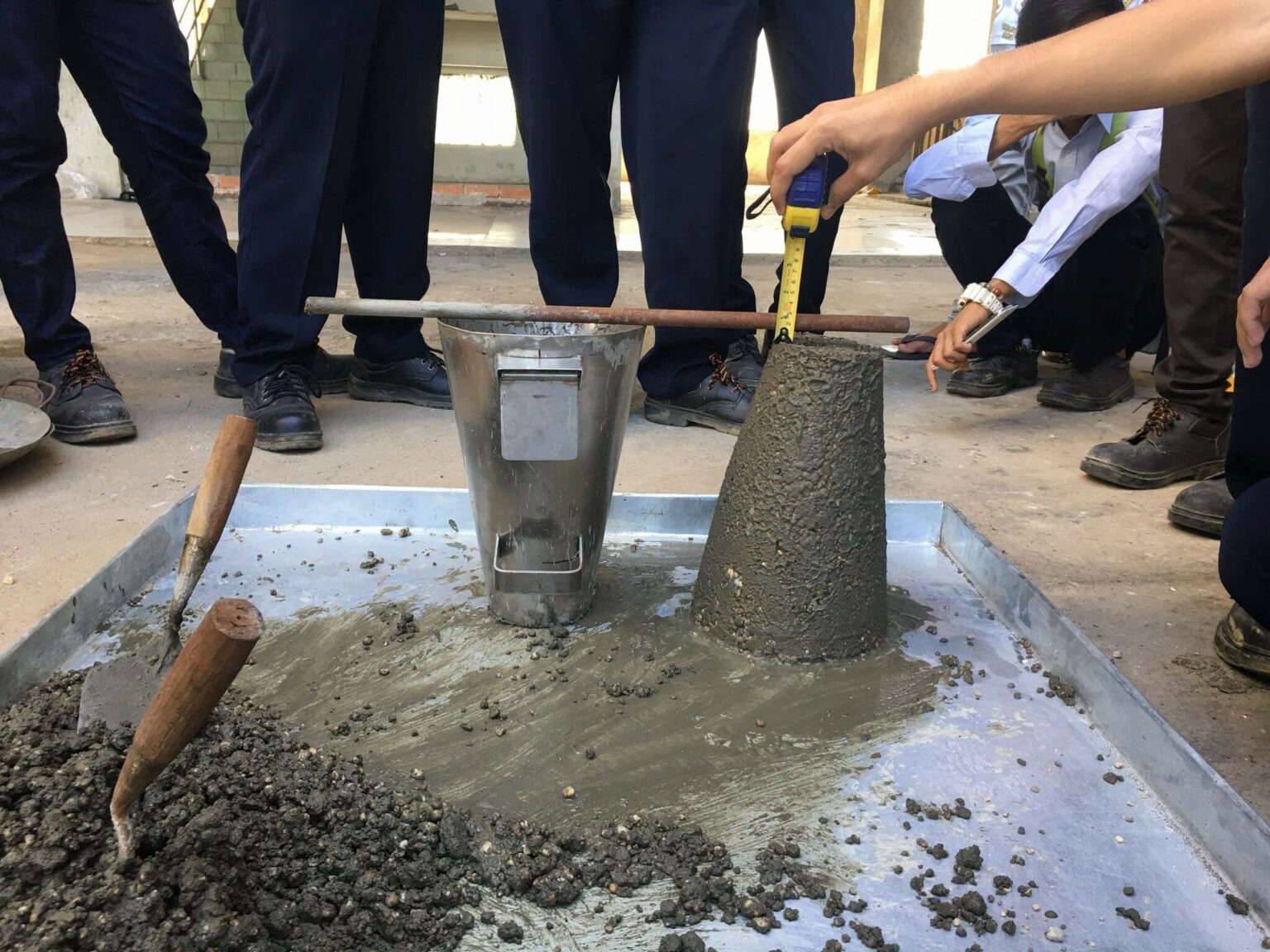
Concrete Slump Test Definition, Procedure And Types Of Slump Test Daily Engineering
The concrete slump test measures the consistency of fresh concrete before it sets. It is performed to check the workability of freshly made concrete, and therefore the ease with which concrete flows. It can also be used as an indicator of an improperly mixed batch. The test is popular due to the simplicity of apparatus used and simple procedure.
SLUMP TEST FOR WORKABILITY OF CONCRETE
4 Types of Slump Test Results. True Slump - True slump is the only slump that can be measured during the test. The true slump is measured between the top of the cone and the top of the concrete after the cone has been removed. Zero Slump - Zero-slump is an indication of a very low water-cement ratio concrete sample, that has resulted in a.
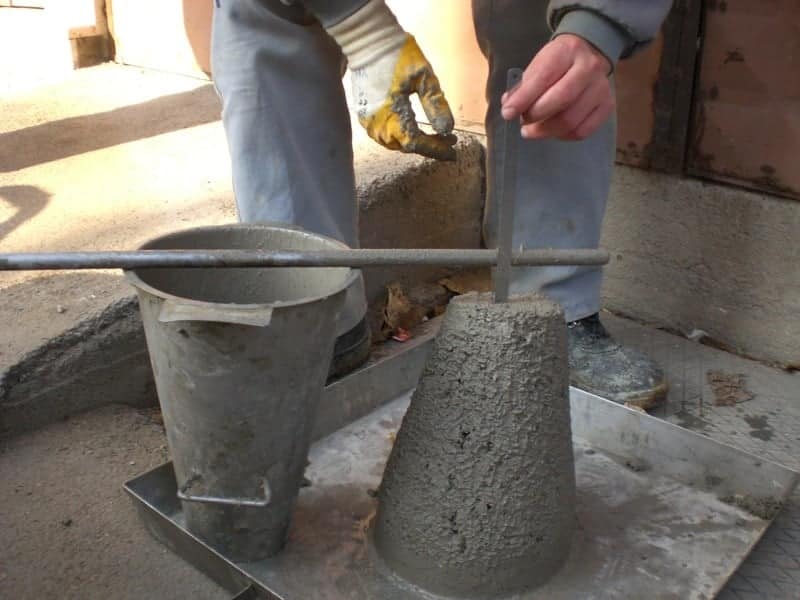
Slump Test of Concrete Measure of Workability of Concrete Structural Guide
The slump test's equipment and standard operating procedure are governed by ASTM C 143-20 (Standard Test Method for Slump of Hydraulic-Cement Concrete). The slump cone is the primary piece of equipment used to fabricate freshly mixed concrete samples for the slump test.
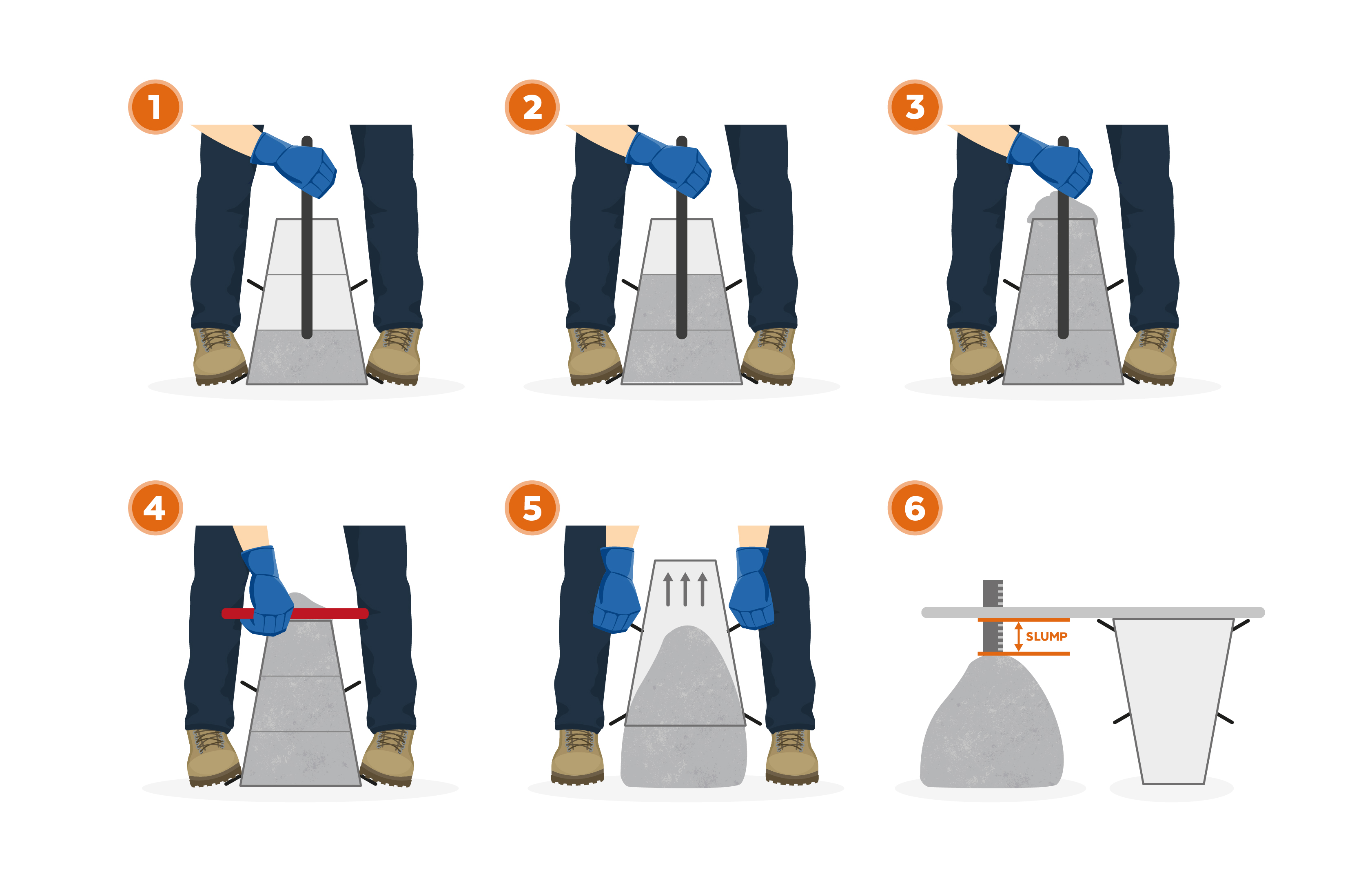
Concrete Slump Tests Measuring the Workability of Concrete Total Concrete
Concrete Slump Test The workability or consistency of the concrete mix prepared at the building site or in a laboratory is determined using a slump test, also known as the concrete slump test or a slump cone test . To ensure that the concrete is of consistent quality throughout the construction process, a slump test is performed on each batch.
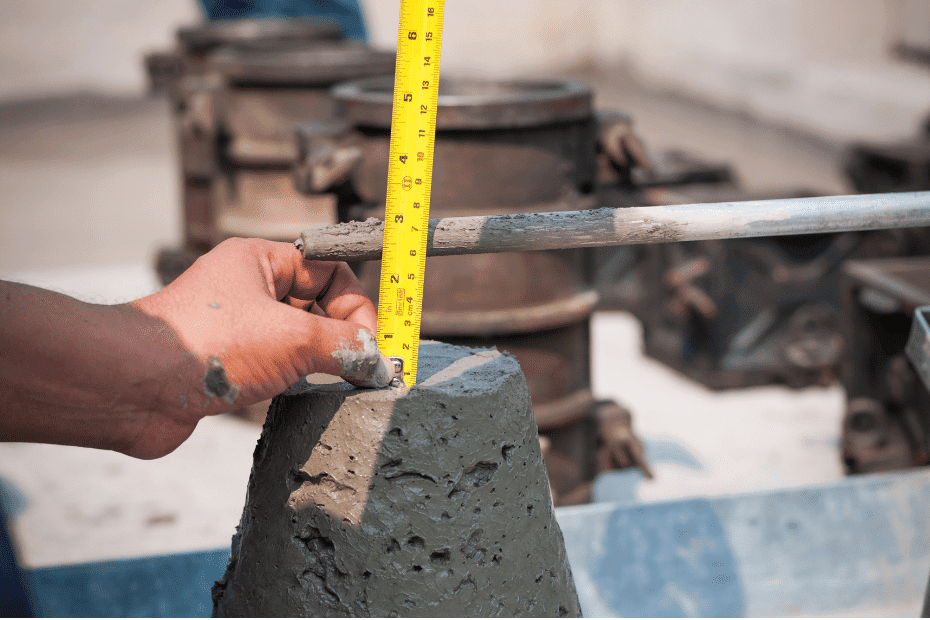
Slump test of concrete A Quick And Useful Method To Determine Concrete Quality
Concrete slump is a definition of the consistency, often called workability, of concrete. Slump Test. The slump test is defined by ASTM C143 and AASHTO T119 in the United States, and EN 12350-2 in Europe. There is no significant other testing method for concrete workability in industry use today.
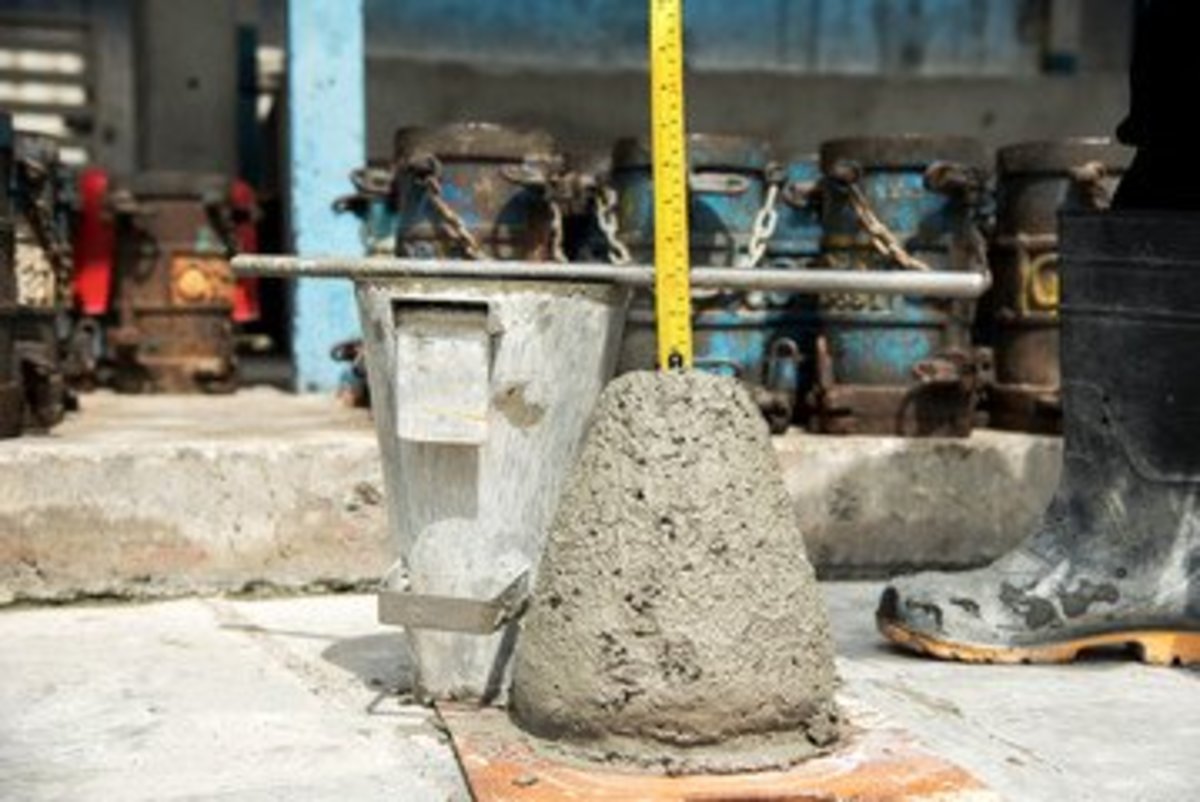
ASTM Standard Test Method C143 Slump of Hydraulic Cement Concrete Owlcation
The slump test is a means of assessing the consistency of fresh concrete. It is used, indirectly, as a means of checking that the correct amount of water has been added to the mix. The test is carried out in accordance with BS EN 12350-2, Testing fresh concrete. Slump test .

Slump Test of Concrete, slump cone for Workability Procedure, Apparatus Cement Concrete
A concrete slump test is used to determine the correct water content in a batch of concrete. "Slump" is the distance, measured in inches, the concrete settles after the slump cone is removed. A concrete batch with high slump is an indication that the concrete has to much water in it and will likely be weak when fully cured. The ideal mix.